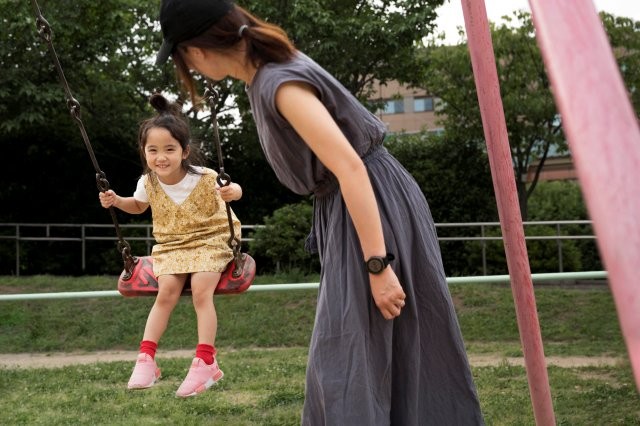One in three children myopic by 2050
New research suggests the global incidence of myopia will exceed 740 million cases by 2050, disproportionately impacting girls and East Asian populations.
The findings revealed a gradual global increase in prevalence of myopia, ranging from 24.32% to 35.81% observed from 1990 to 2023, with projections indicating prevalence will reach 36.59% in 2040 and 39.80% in 2050.
The highest myopia rates are found in Asia (35.2%), while Latin America and the Caribbean demonstrate the lowest incidence (3.8%). Further analysis identified Japan as having the highest estimated rate of myopia (86.0%), followed by South Korea (73.9%). Paraguay showed the lowest myopia estimate at 0.84%.
Girls were found to have a marginally higher estimated prevalence (33.6%) compared to boys (30.5%), with rates reaching 45.5% among high-school aged girls and 48.8% among adolescent girls.
Discussing the regional disparities, authors suggested a possible correlation between the start and duration of education and myopia occurrence. Children in Africa, for example, where myopia prevalence is low, don’t typically enter education until the age six to eight years, while children as young as two in Singapore and Hong Kong often engage in educational programmes before formal schooling begins, they noted.
Sex-based differences in myopia prevalence and myopia onset were attributed to preferences in educational pursuits and activities, with girls spending more time on close-up activities and less time outdoors compared to boys.
The systematic review and meta-analysis included 276 studies and data from multiple databases, including some sources as recent as June 2023. The data involved a total of 5.4 million participants from 50 countries across six continents.
























